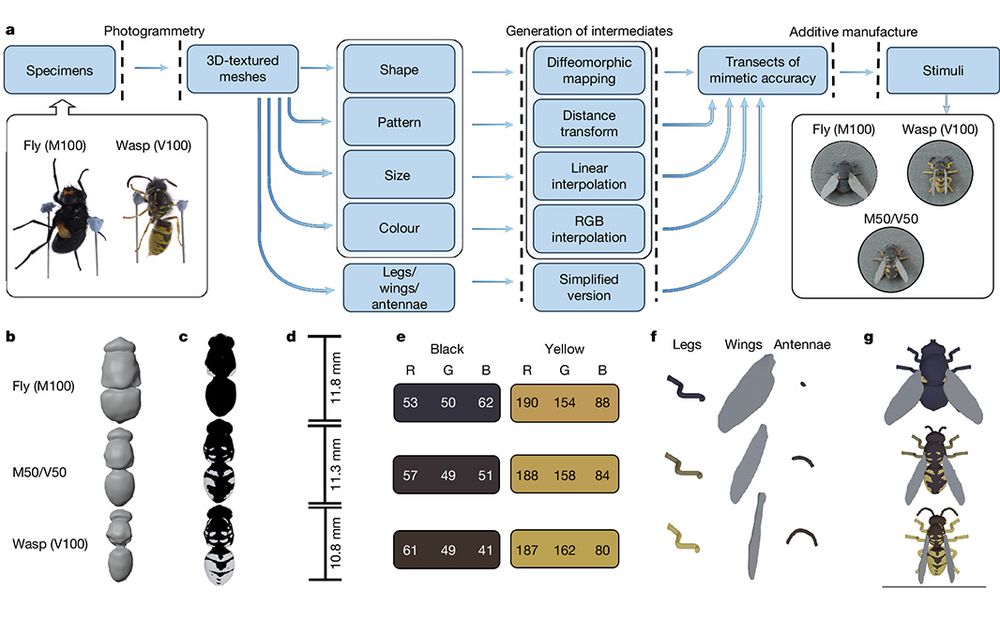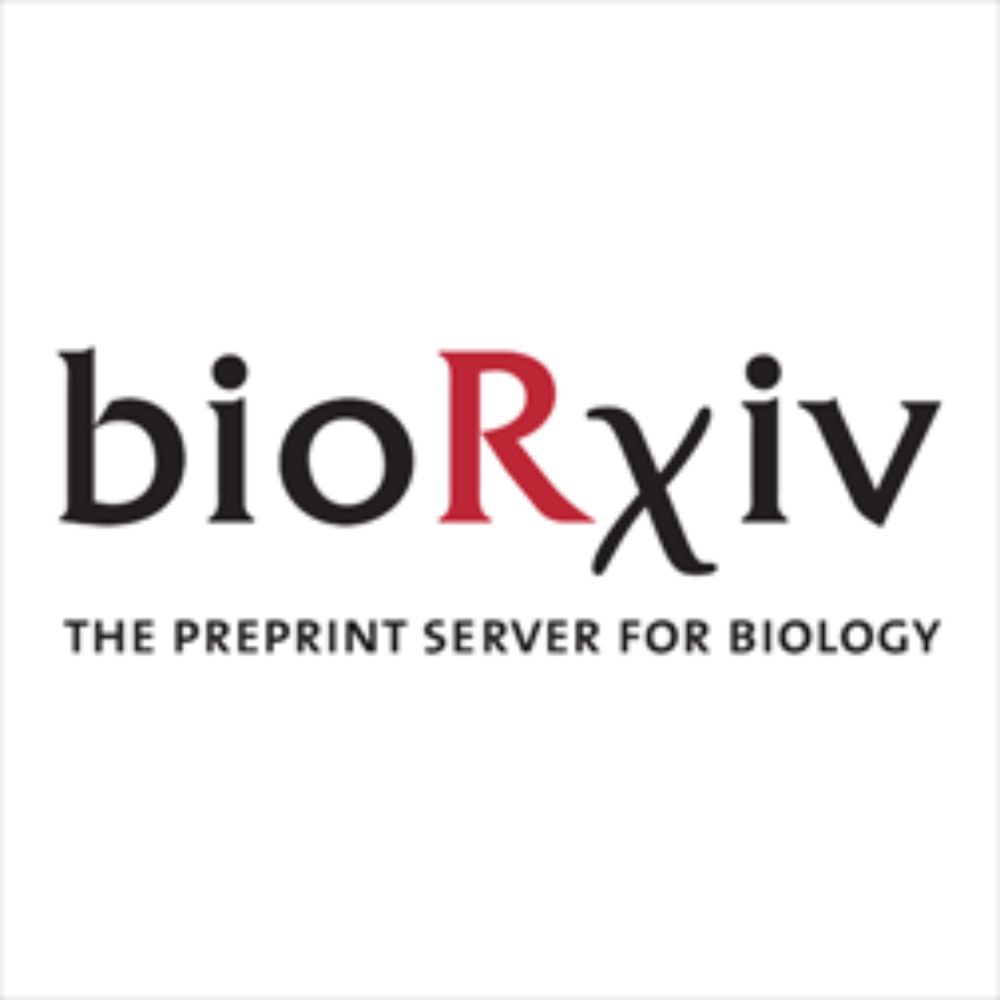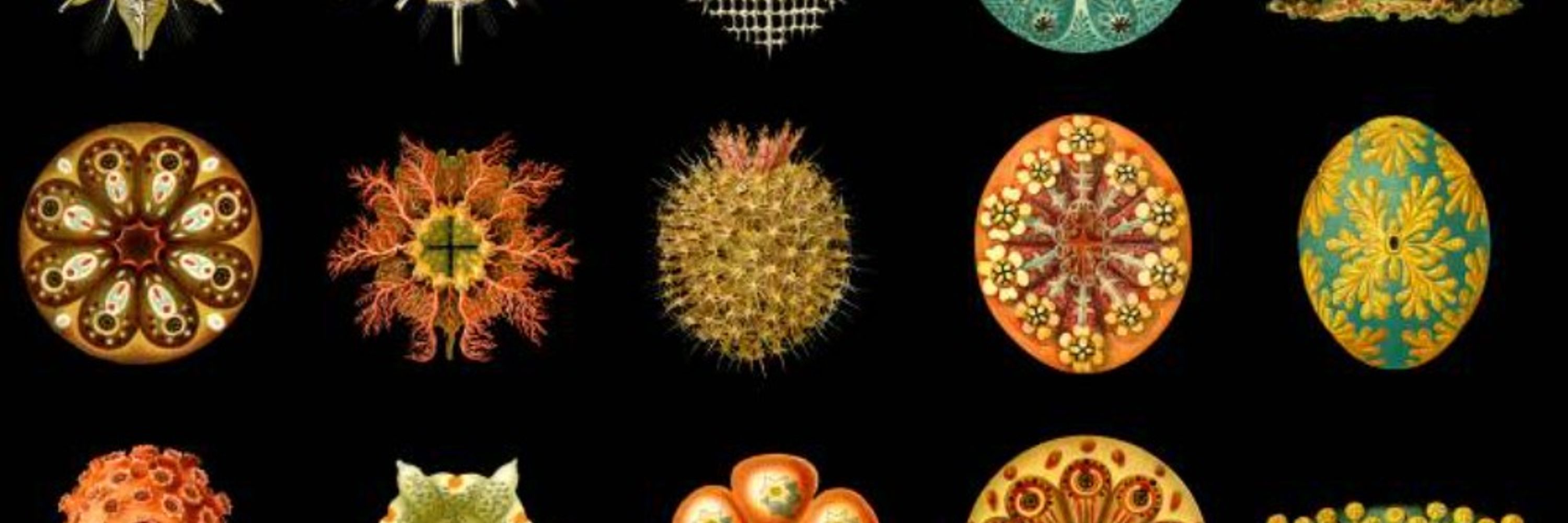
🔗 doi.org/10.1093/molbev/msaf271
#evobio #molbio #PlantSky

🔗 doi.org/10.1093/molbev/msaf271
#evobio #molbio #PlantSky

We find the fly development gene bicoid is much older than previously thought (~20 million yrs older!) 🪰🧬
To pinpoint its origins we tackled the Diptera phylogeny, providing some resolution (many open questions remain).
🔗 tinyurl.com/2vyuevpy
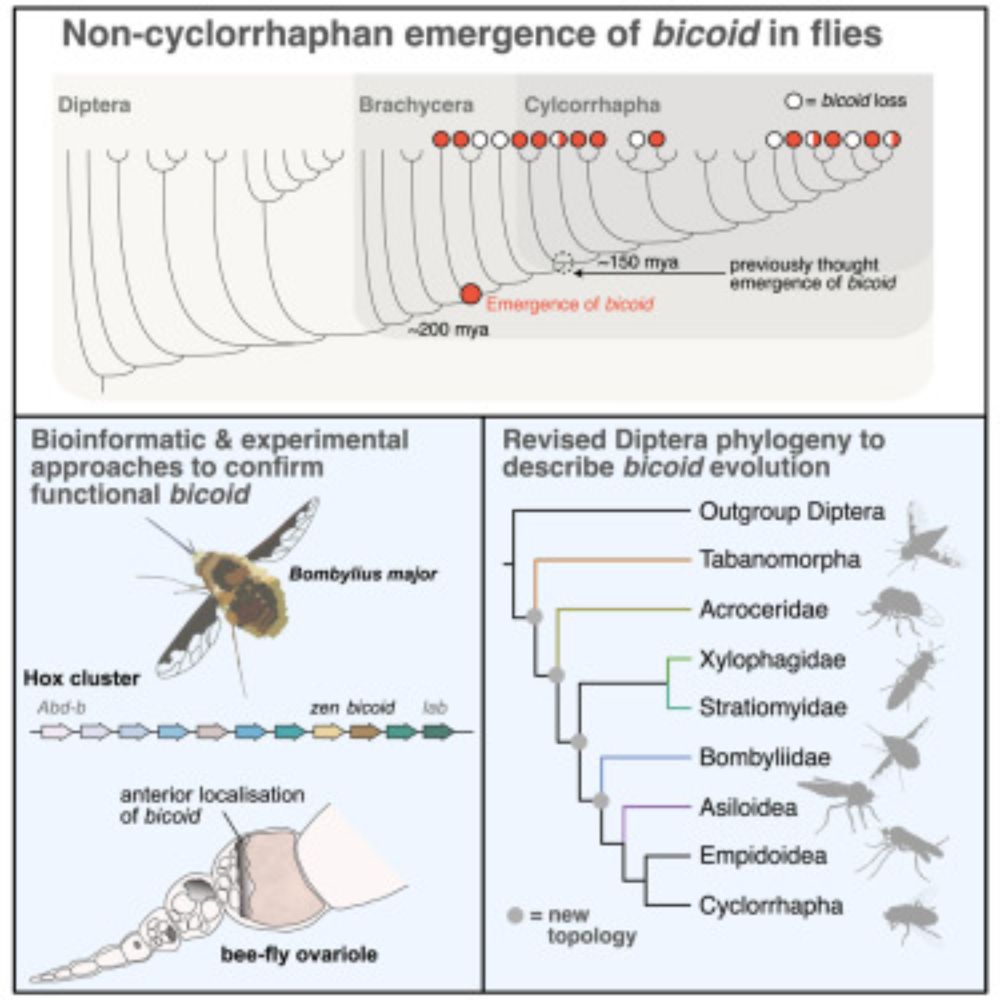
We find the fly development gene bicoid is much older than previously thought (~20 million yrs older!) 🪰🧬
To pinpoint its origins we tackled the Diptera phylogeny, providing some resolution (many open questions remain).
🔗 tinyurl.com/2vyuevpy
This illustration by Louis A. Sargent comes from "The wild beasts of the world", v. 2 (1909), contributed to BHL by @uoftlibraries.bsky.social: www.biodiversitylibrary.org/page/19657038 #SciArt #ILoveBHL 🧪 📖 🌊

This illustration by Louis A. Sargent comes from "The wild beasts of the world", v. 2 (1909), contributed to BHL by @uoftlibraries.bsky.social: www.biodiversitylibrary.org/page/19657038 #SciArt #ILoveBHL 🧪 📖 🌊
goodmanlab.org/2025/11/22/t...

goodmanlab.org/2025/11/22/t...
🔗 doi.org/10.1093/molbev/msaf279
#evobio #molbio

🔗 doi.org/10.1093/molbev/msaf279
#evobio #molbio
Coming April 28. The whole history of birds, from their dinosaur origins to colossal extinct penguins & terror birds, to the 10,000+ species today. From @marinerbooks.bsky.social
Preorder 👇

Coming April 28. The whole history of birds, from their dinosaur origins to colossal extinct penguins & terror birds, to the 10,000+ species today. From @marinerbooks.bsky.social
Preorder 👇






Also, how did it take this long for me to realize BBC doesn't use the Oxford comma?

Also, how did it take this long for me to realize BBC doesn't use the Oxford comma?
Please consider chipping in to help. Thank you!
www.southernfriedscience.com/help-support... #SciComm 🧪🦑🌎

Please consider chipping in to help. Thank you!
www.southernfriedscience.com/help-support... #SciComm 🧪🦑🌎
risecenter.asu.edu/fail-safe
risecenter.asu.edu/fail-safe
🐙🦑🌿🧪
www.inaturalist.org/projects/cte...

🐙🦑🌿🧪
www.inaturalist.org/projects/cte...
"Life scientists at the Massachusetts Institute of Technology publish top research papers at a rate that is among the highest in the world"
www.science.org/content/arti...


"Life scientists at the Massachusetts Institute of Technology publish top research papers at a rate that is among the highest in the world"
www.science.org/content/arti...

I will be talking about microRNA and the evolution of the mammalian placenta on Tuesday at 14:30 in Meeting Room 113
@eseb2025.bsky.social

I will be talking about microRNA and the evolution of the mammalian placenta on Tuesday at 14:30 in Meeting Room 113
@eseb2025.bsky.social
www.nature.com/articles/s41...
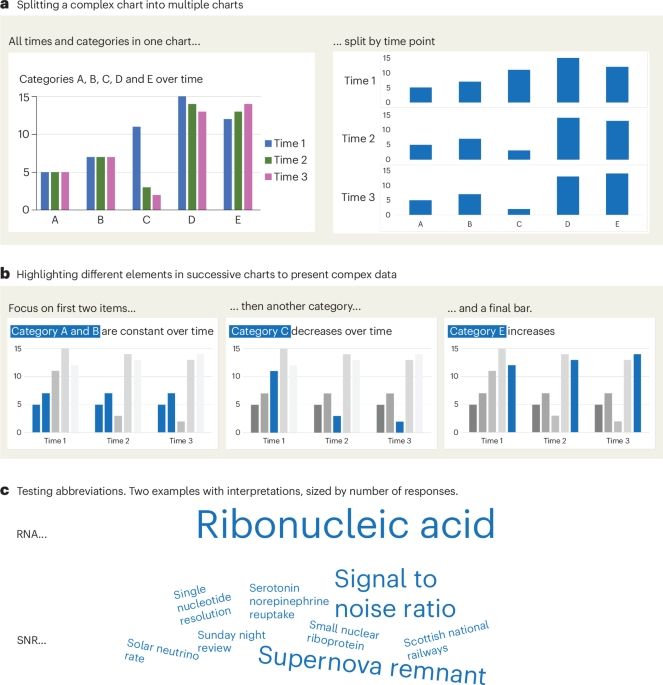
www.nature.com/articles/s41...
